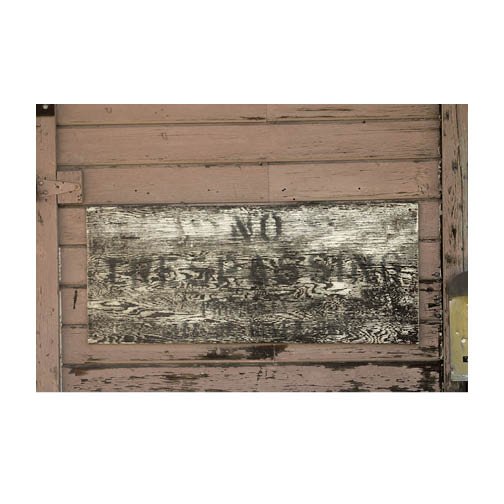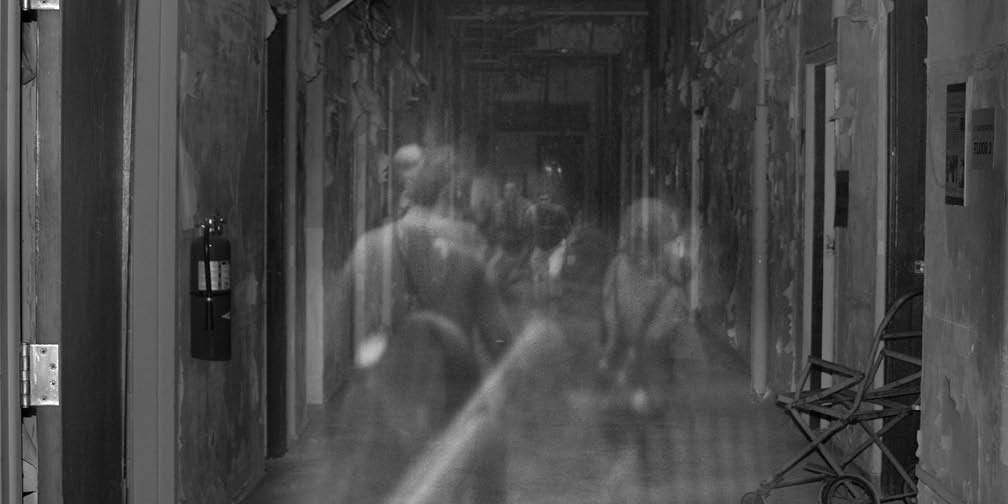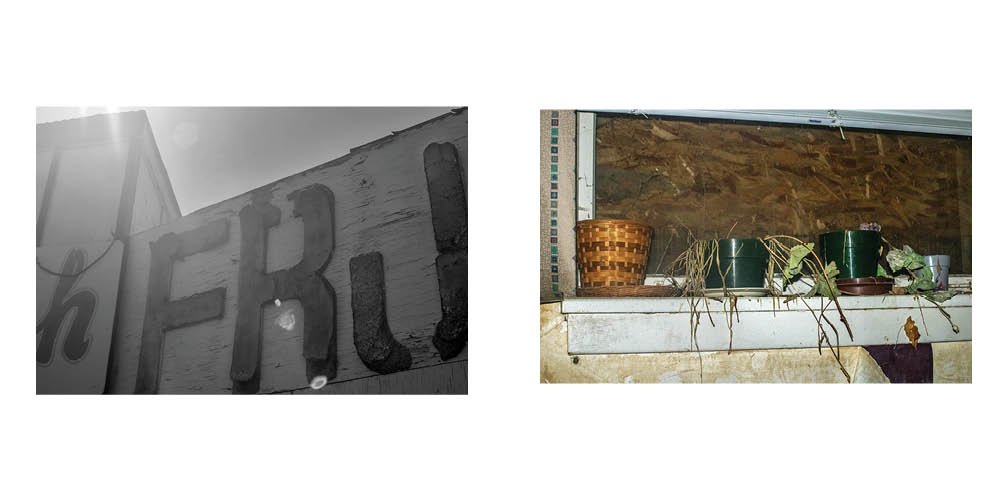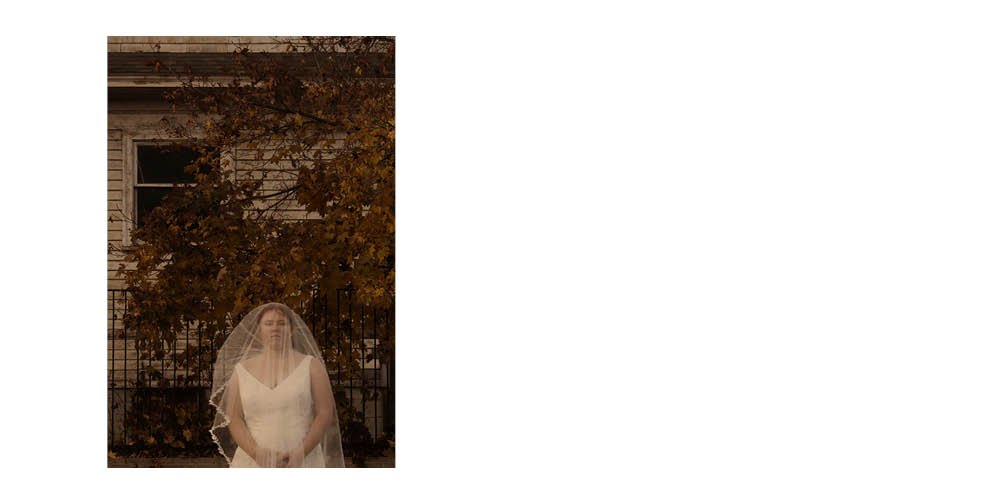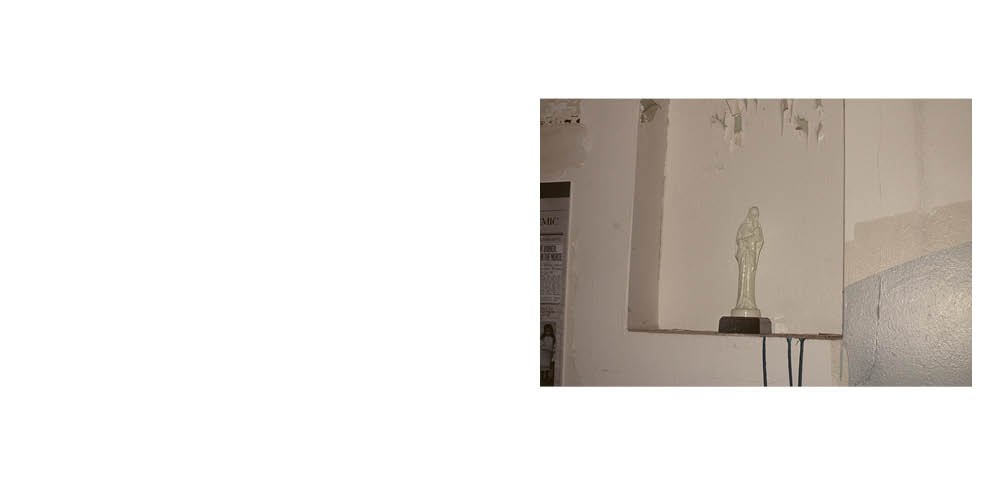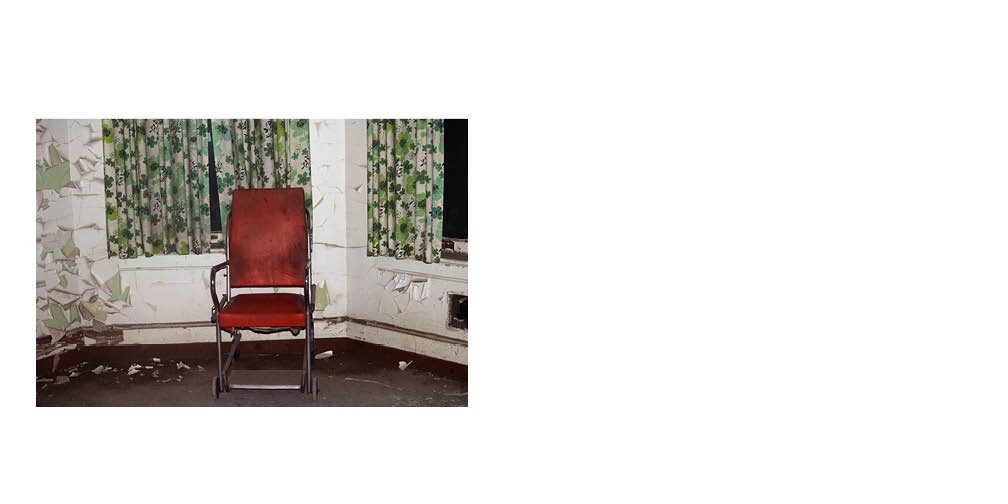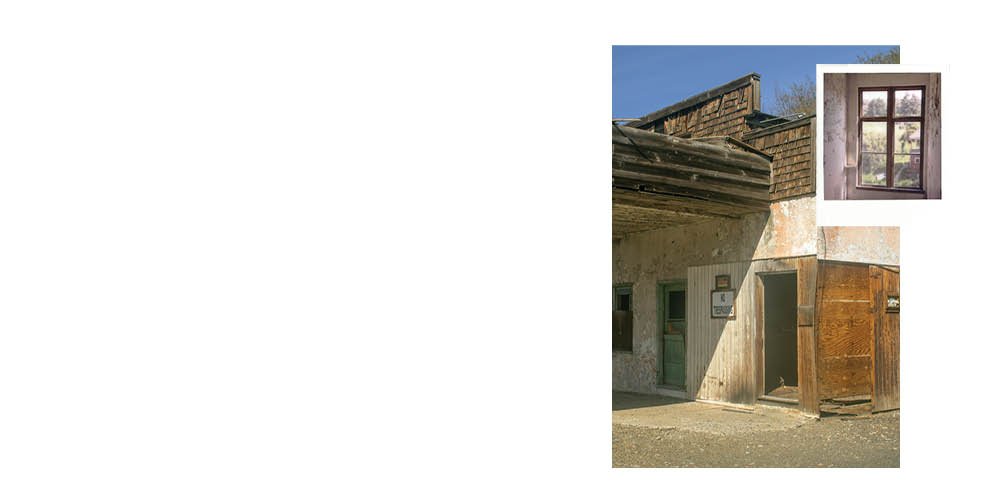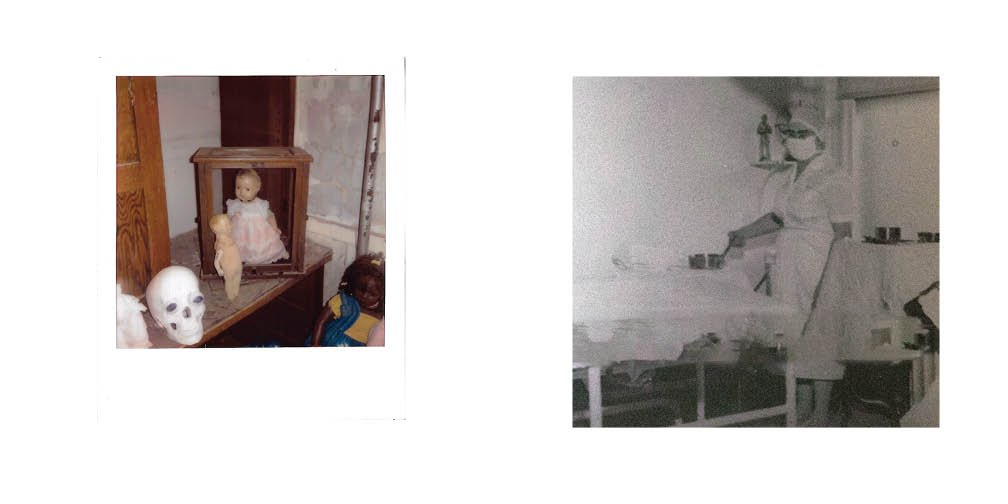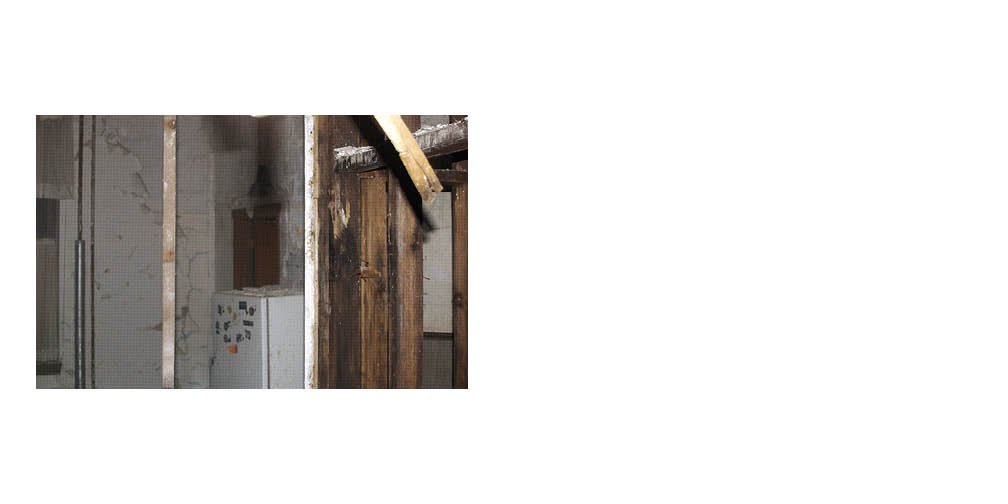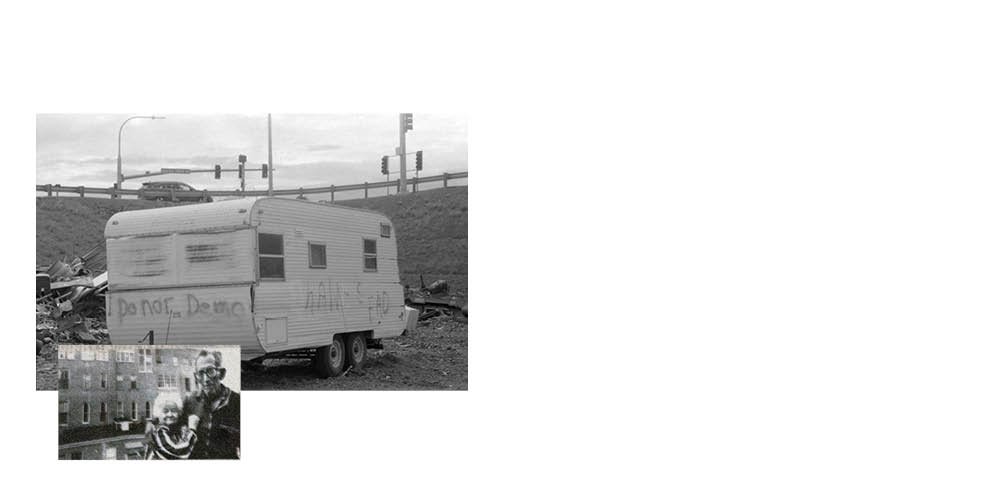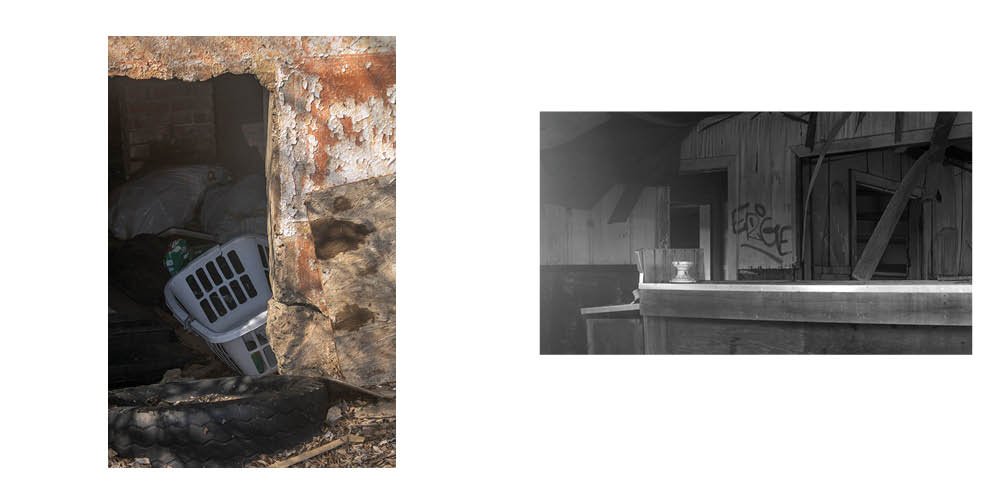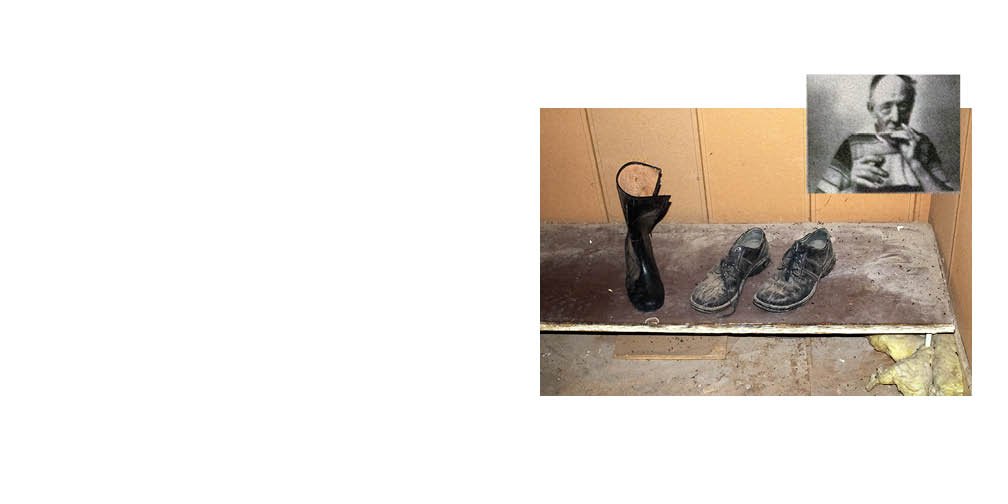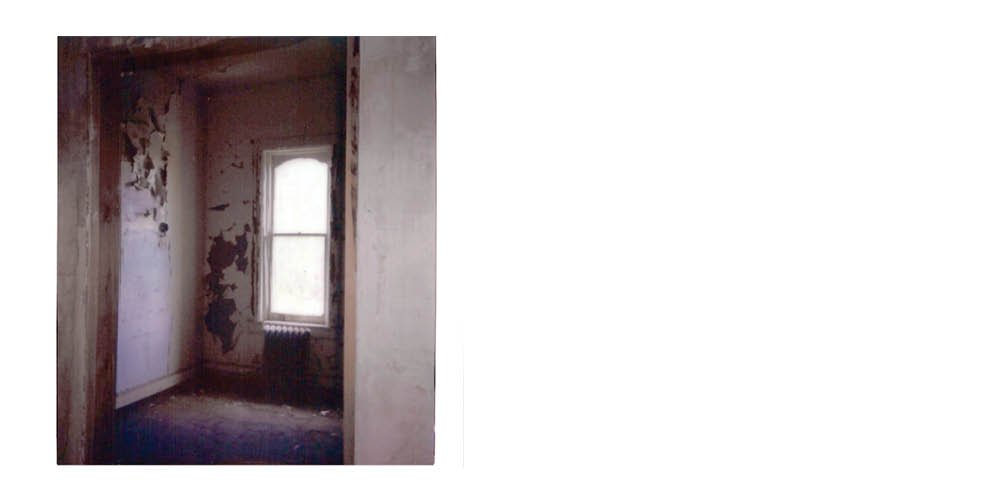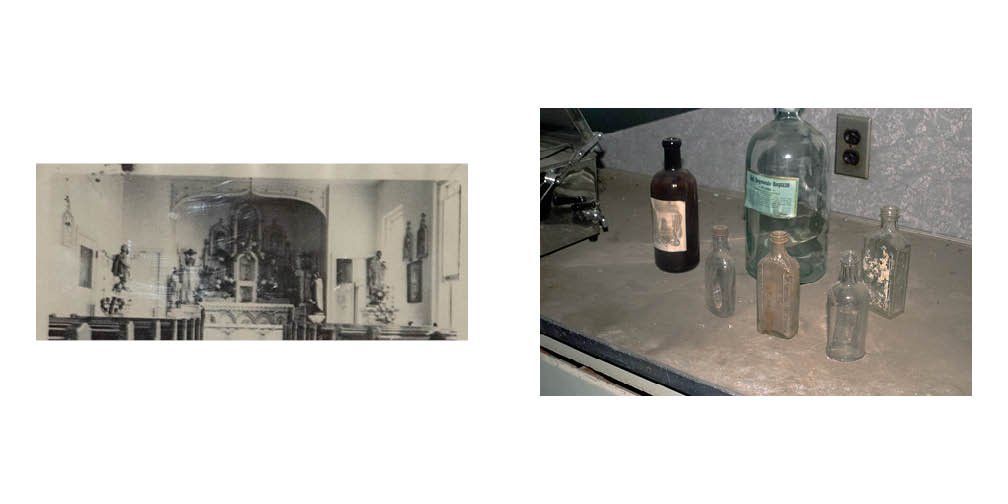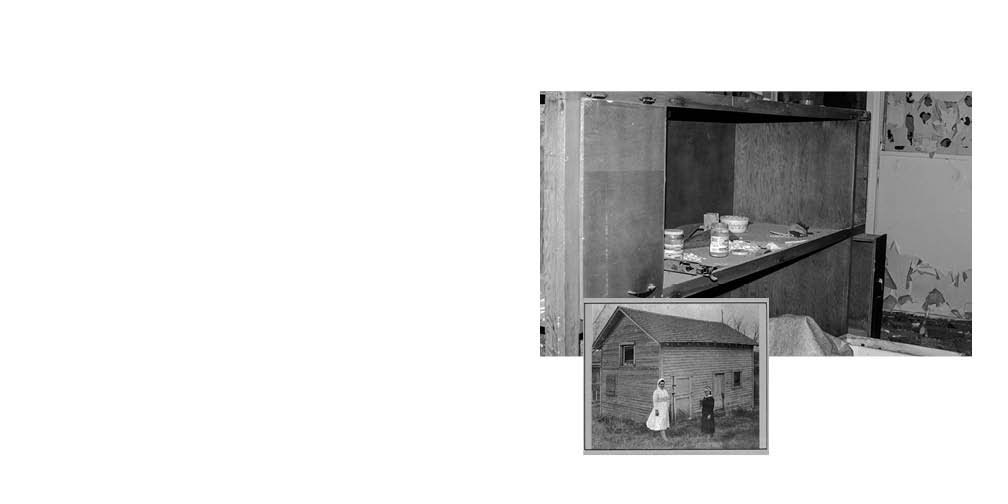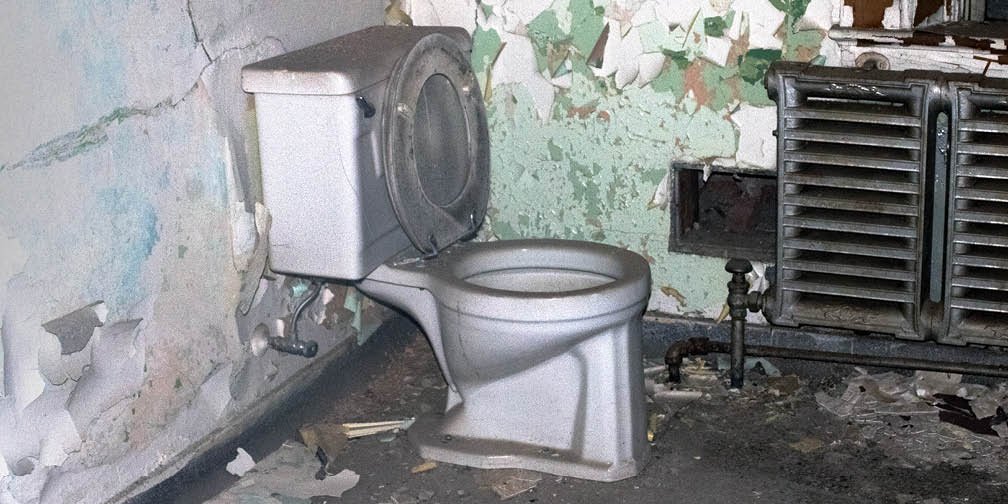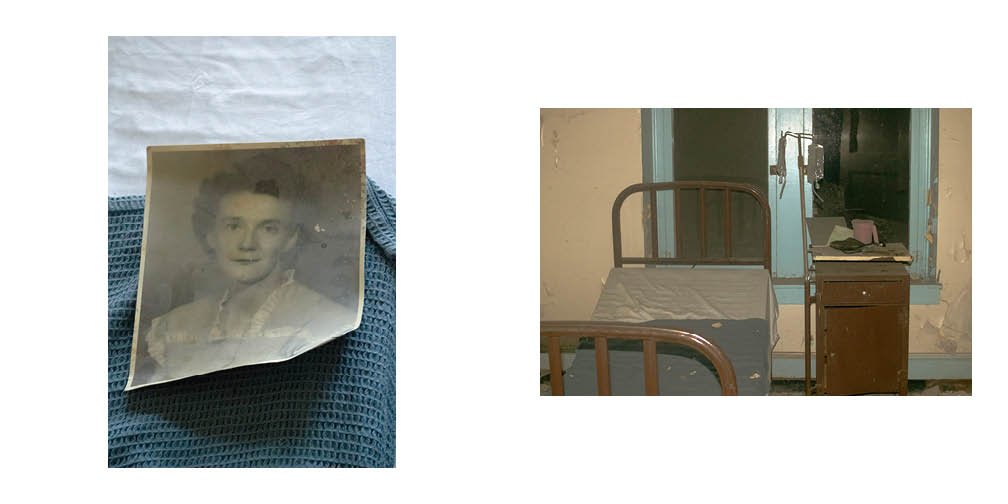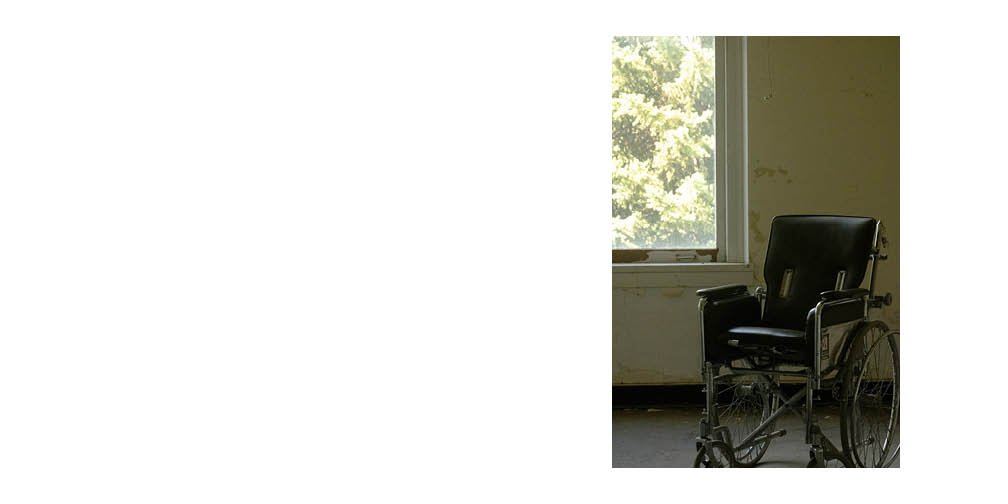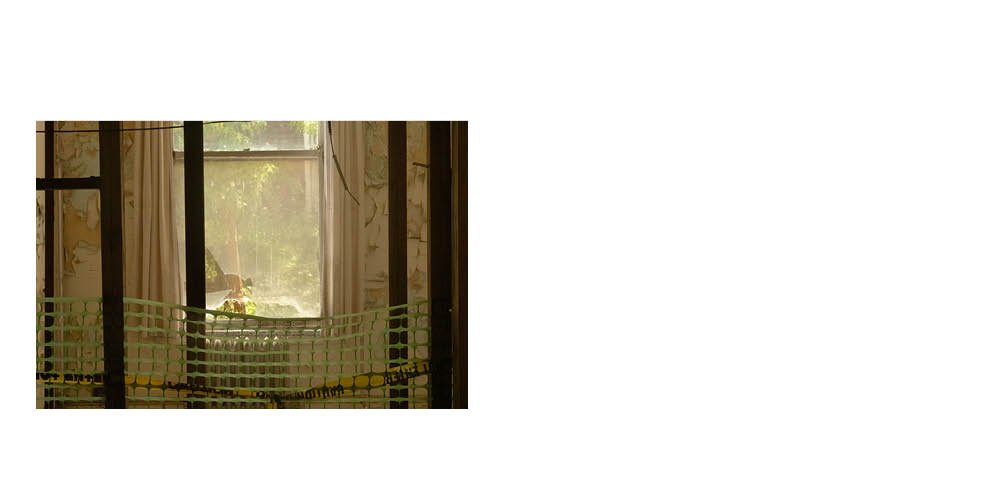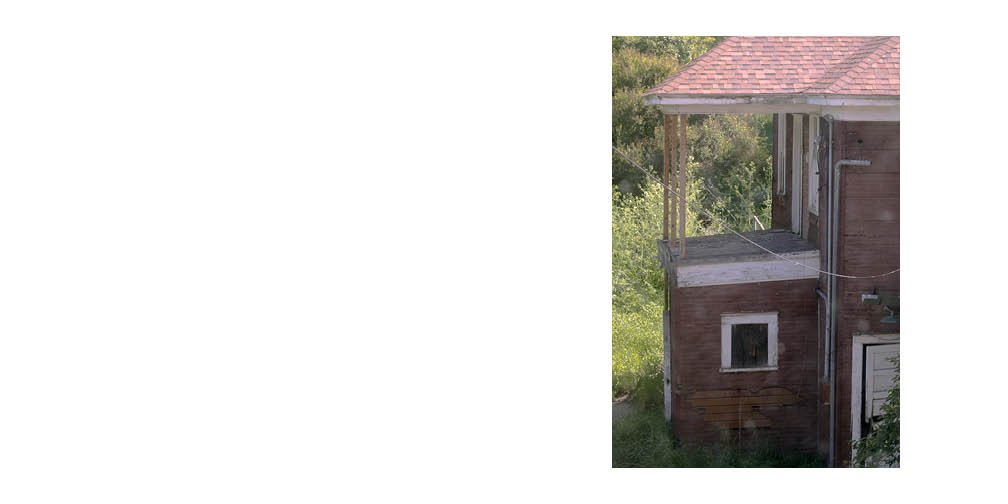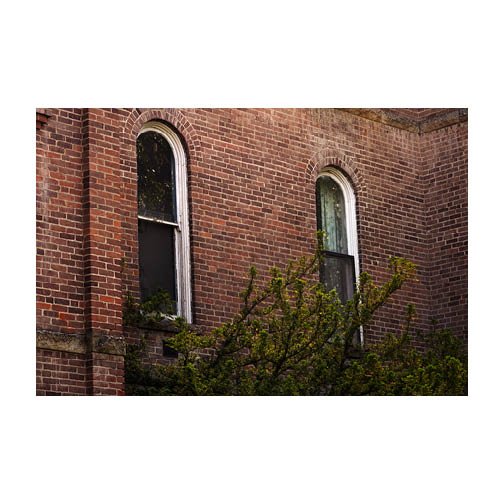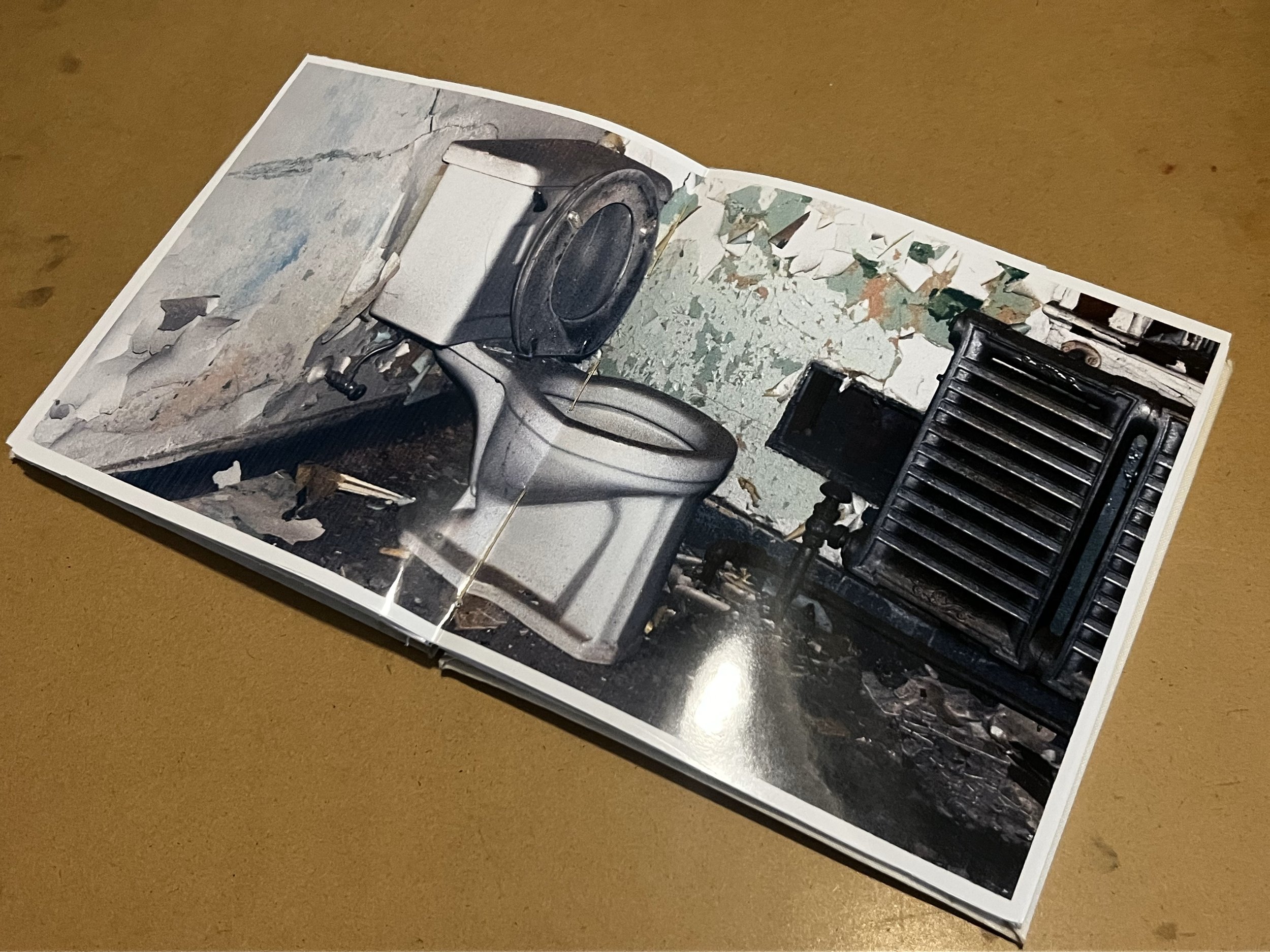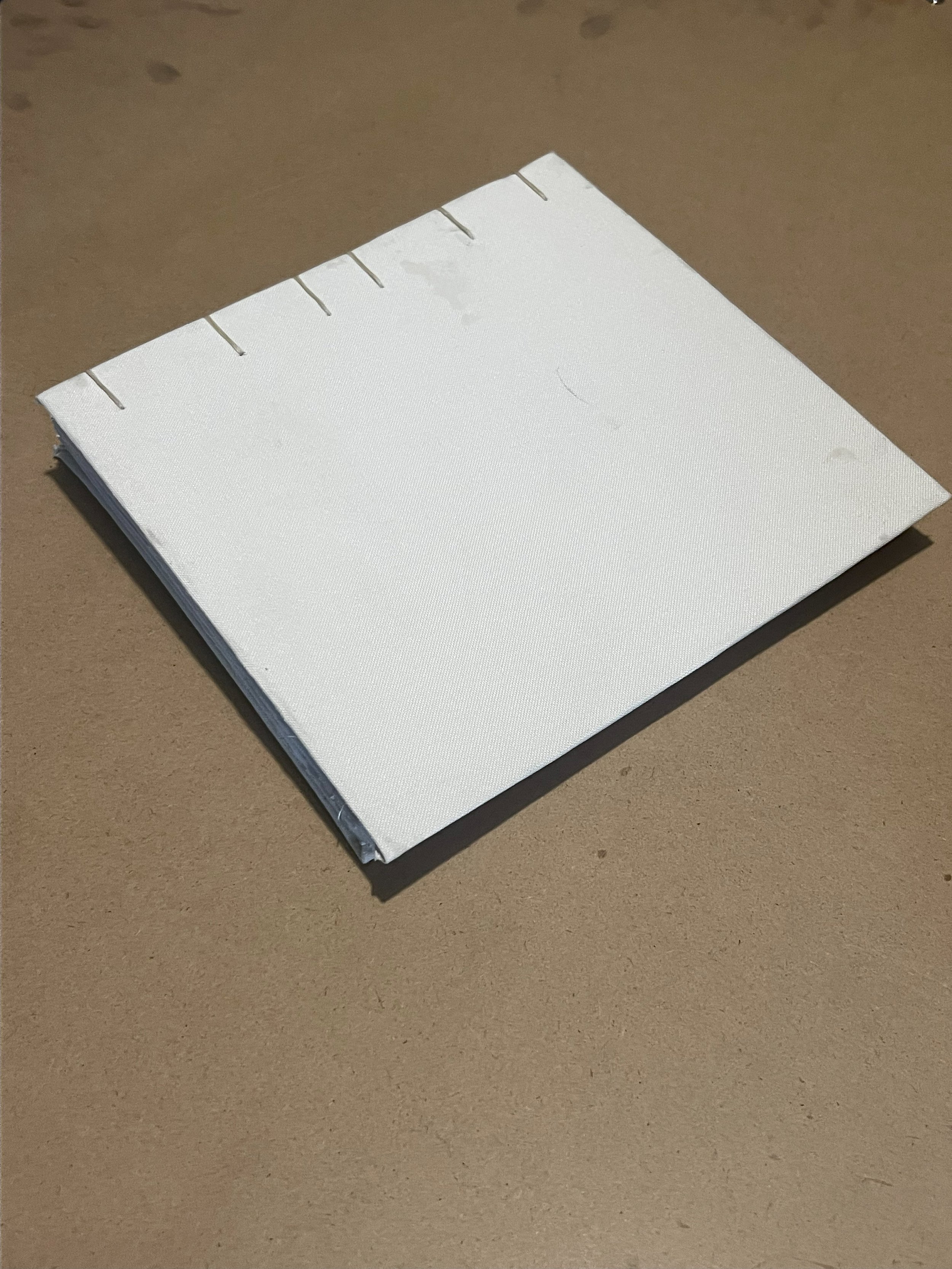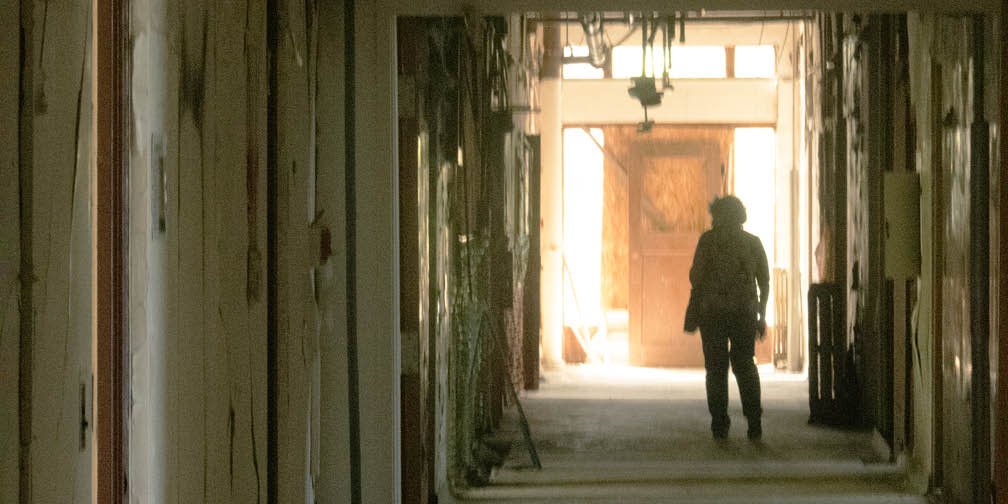
How many places can be lost in a lifetime? How many spaces have been forgotten by the world and are silently sitting in a little corner while the world moves on without them? With societies growing and creating new places and things every day, spaces from a bygone age sit to collect dust. The wondering of who could’ve been there is an intriguing thought to think about. Many of these decrepit buildings are privately owned to prevent people from going in and getting hurt. Many owners put up “No Trespassing” signs to help. “No Trespassing,” a photobook of abandoned places and objects, with people scattered throughout, creates a narrative of the old v.s the new.
The photos in this photograph take place in spaces that have decayed for years. Peeling paint, old food cans, and even bygone medical equipment show the mysterious quality many of these places contain. What happened? What was the space originally? These questions are generated from these photos. With the contrast of people in the modern day, viewers can craft the narrative between the pictures. The photobook format helps create connections between film photos and digital photography. Creating a book of these photos not only accumulates all of these photos together but ties them together in an intimate way. Weaving in and out is a thread that can build up the arc of creating and forgetting.
Throughout the book, “No Trespassing,” viewers should get the feelings of mystery and abandonment. The ideas of old vs. new and the cycle of creating and forgetting are created by the photos and photobook format. The mixture of film and digital work helps push the narrative of the ideas above.
